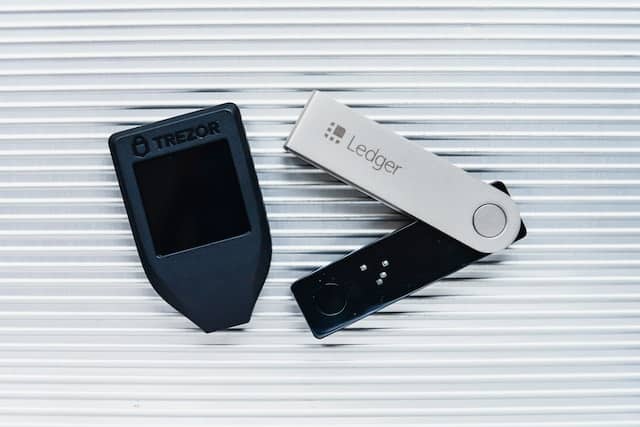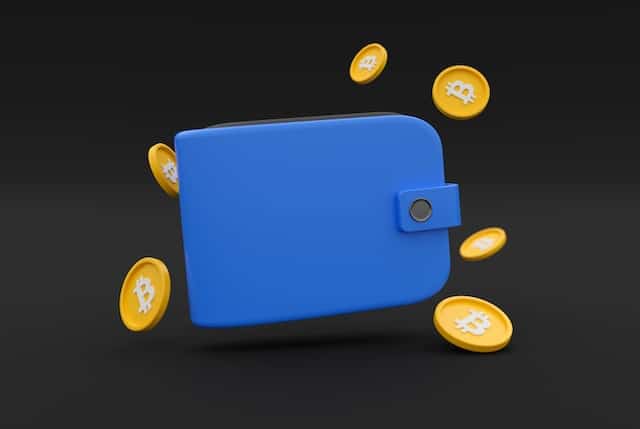Want to see a quick video that summarizes this article? Click here.
Buying and storing your NFTs
Alright, let’s dive into the nitty-gritty of buying and owning NFTs! To get started, you’ll need a crypto wallet. Think of it as your virtual vault where you store and manage your NFTs. Most NFT marketplaces require you to connect a digital wallet to make transactions and store your precious collectibles securely.
Soft Crypto Wallets
There are various types of crypto wallets available, ranging from web-based wallets (soft wallets) to hardware wallets. A soft crypto wallet is a type of digital wallet that securely stores your cryptocurrencies, tokens, and NFTs (non-fungible tokens) in a software application. Unlike hardware crypto wallets that are physical devices, soft wallets are accessible through various electronic devices such as computers, smartphones, and tablets.
These wallets provide users with a user-friendly interface to manage their digital assets, make transactions, and interact with decentralized applications (dApps) on the blockchain. Soft crypto wallets offer convenience and accessibility, allowing users to easily check their balance, send and receive assets, and engage with the vibrant world of NFTs and cryptocurrencies. It’s important to choose a reputable and secure soft wallet to ensure the safety of your valuable digital holdings.

Hard Crypto Wallets
A hard crypto wallet, often referred to as a hardware wallet, is a physical device designed to provide the highest level of security for storing cryptocurrencies, tokens, and other digital assets. It’s a specialized piece of hardware that is purpose-built to safeguard your holdings against hacking attempts and online vulnerabilities.
Unlike soft crypto wallets, hard crypto wallets are typically offline, ensuring that your private keys and sensitive information remain isolated from potential cyber threats. When you want to make a transaction or access your assets, you connect the hardware crypto wallet to a computer or smartphone, enter a PIN or passphrase, and confirm the transaction on the device itself. This extra layer of physical security makes hardware crypto wallets a preferred choice for individuals who prioritize the protection of their investments in the dynamic and evolving landscape of web3, cryptocurrencies, and NFTs.
Metamask
One popular option is MetaMask, a browser extension and app that acts as a gateway to the world of NFTs. It’s like having your own personal digital safe, accessible with just a few clicks. Setting up a wallet is usually a straightforward process involving creating an account, securing your private keys, and adding some cryptocurrency funds for purchasing NFTs. While MetaMask is arguable one of the most popular soft wallets available, there are many others as well. Rainbow and Trust wallet comes to mind. Also, different cryptocurrencies will have different wallets.
Crypto
Speaking of cryptocurrency, it plays a key role in the NFT ecosystem. Ethereum is the most widely used blockchain for NFTs, and Ether (ETH) is the cryptocurrency used for transactions. Don’t worry if you’re new to the world of crypto – you can purchase Ether from various exchanges such as Coinbase and then transfer it to your wallet to get ready for your NFT shopping spree!
Managing and Storing NFTs
Your crypto wallet is the perfect place to store and manage your digital treasures. Within your wallet, you’ll have a collection or inventory section that displays all the NFTs you own. It’s like your own mini digital gallery!
Organizing your collection can be fun and personalized. You can categorize your NFTs based on artists, themes, or rarity. Some wallets even allow you to create custom collections or playlists to showcase your favorite pieces. Take your time to curate your digital gallery and enjoy the process of organizing and exploring your unique collection.
It’s important to note that while your NFT ownership is recorded on the blockchain, the actual visual representation of your NFT may be stored on IPFS (InterPlanetary File System) or other decentralized storage platforms. This means that even if a marketplace or website goes offline, your NFT will still exist and be accessible through your wallet.
Conclusion
Congratulations on becoming an NFT collector! In the next sections, we’ll delve deeper into the NFT marketplaces, the ecosystem and explore the vibrant community surrounding these unique digital assets. Get ready to engage with fellow collectors, discover exciting NFT events and auctions, and unravel the limitless possibilities of this digital revolution!













